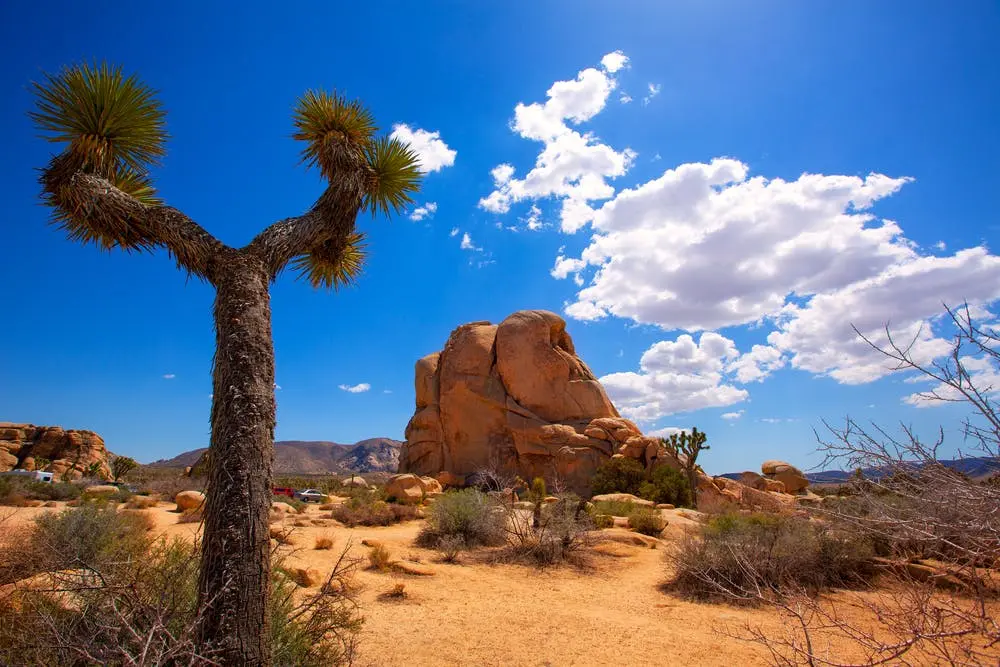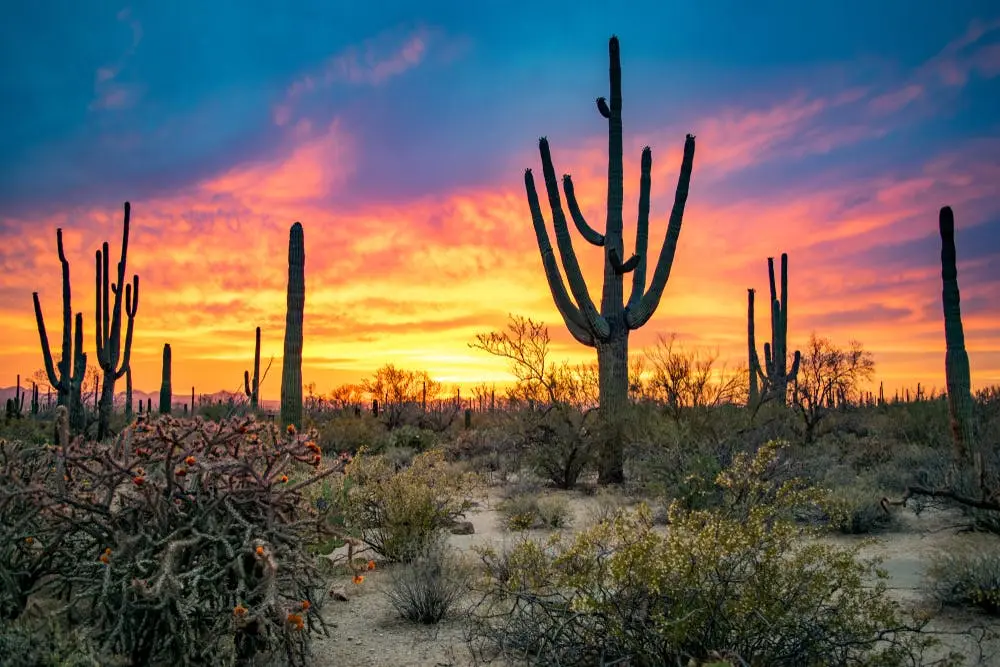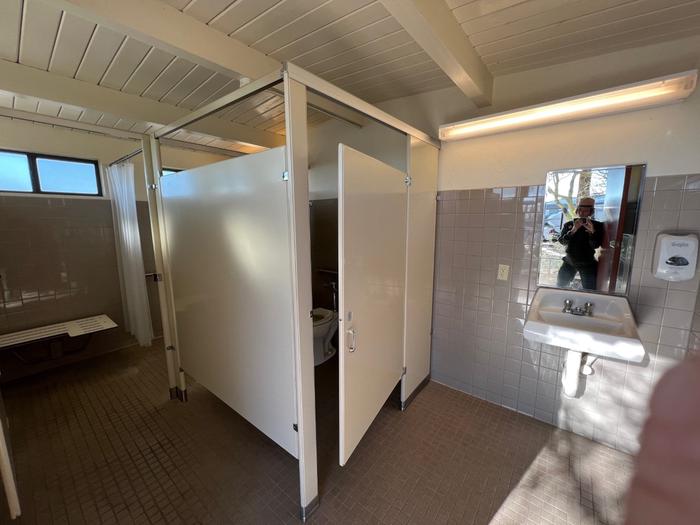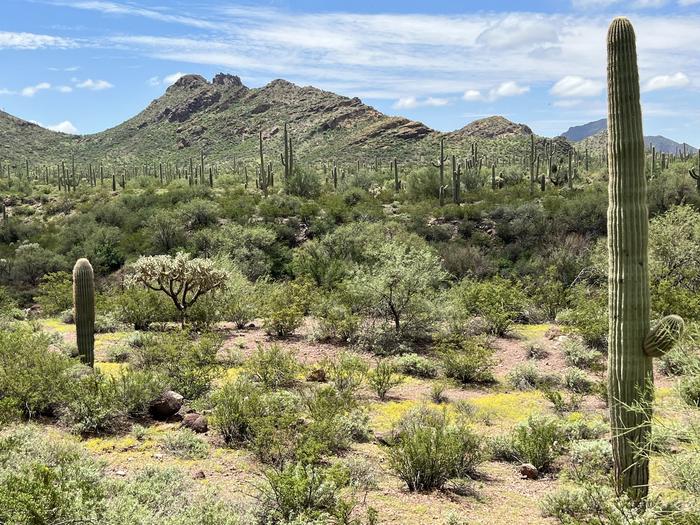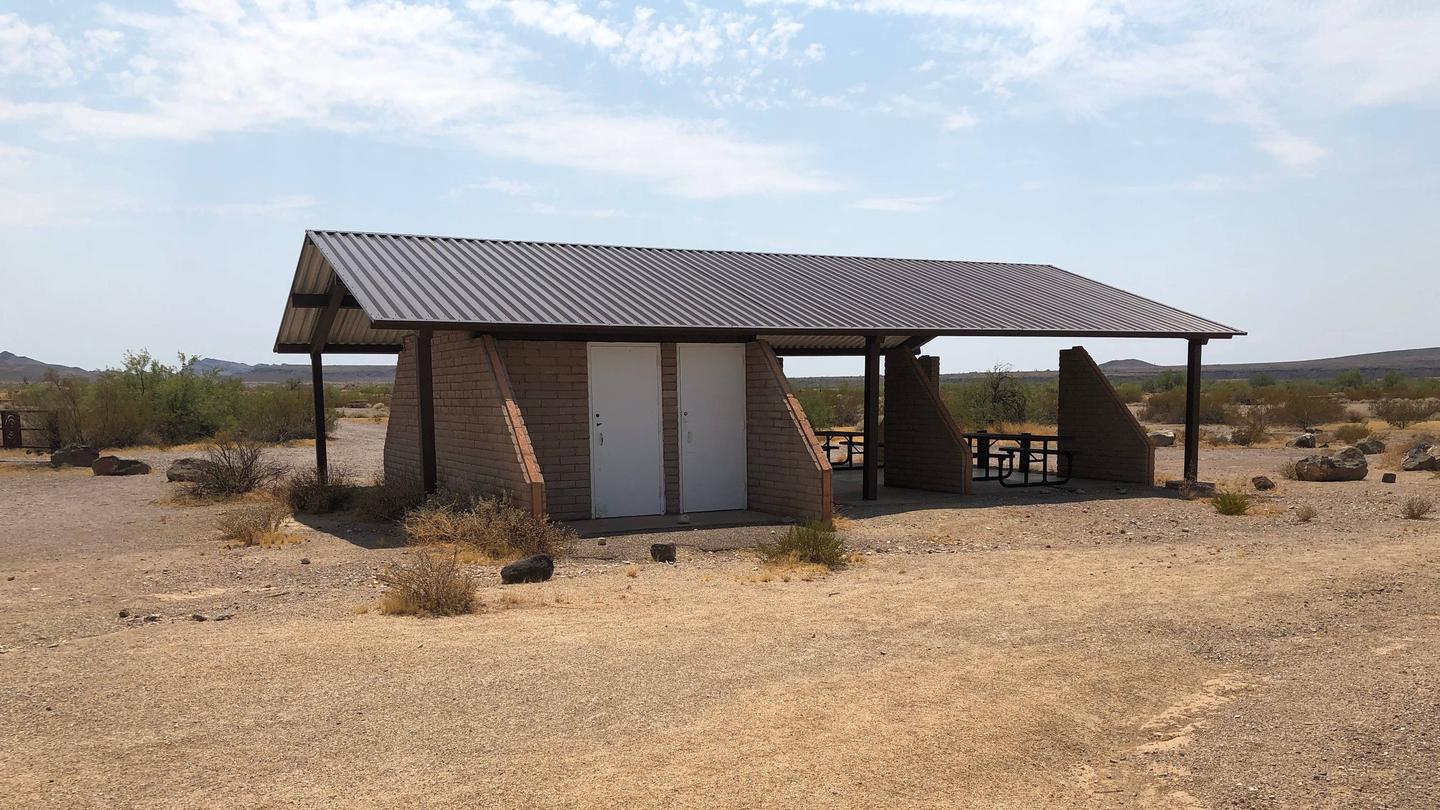Things To Do Near Organ Pipe Cactus National Monument
The Organ Pipe Cactus National Monument has on-site park rangers who lead nighttime walks and host interpretive activities for visitors. Your little ones can sign up for special programs and become Junior Rangers before you leave. The Ajo Mountain Drive takes you on a 21-mile scenic drive along a gravel road. You can bring your bike and explore Bates Well Road or Puerto Blanco Road. There are also equestrian trails marked for horseback riders.
 Hiking Trails
Hiking Trails
-
Visitor Center Nature Trail
Suitable for all experience levels, the Visitor Center Nature Trail picks up in the parking lot right outside of the Visitor Center. It features a brick path that makes it accessible for both wheelchair users and those with scooters. Multiple exhibitions line the path to tell you more about the animals you might encounter.
Location
Visitor Center, 10 Organ Pipe Dr., Ajo, AZ 85321
Length
0.1 miles
Intensity
Easy
-
Desert View Trail
Located close to the group site in the Twin Peaks Campground, the Desert View Trail takes up to an hour to complete. Though it isn't paved, it welcomes hikers and their pets. Several benches located along the trail are the perfect place to take a break or enjoy a quick lunch. This trail is open until sunset every day and lets you explore some of the top vistas.
Location
Desert View Trailhead in the Twin Peaks Campground
Length
1.2 miles
Intensity
Easy
-
Estes Canyon
It can take up to three miles to complete the Estes Canyon Trail, which has some rocky areas that are hard to pass. There are also some slippery spots and steep climbs that require some caution. As one of the top trails for wildlife enthusiasts, it puts you close to birds and other small animals. You'll find parking near the trailhead, which is roughly 50 minutes from the Visitors Center.
Location:
Length:
Intensity: Moderate
Location
Bull Pasture Trailhead on Ajo Mountain Dr.
Length
3 miles
Intensity
Moderate
 Sightseeing
Sightseeing
-
Kris Engle Visitors Center
Named for a park ranger who lost his life on the job, the Visitors Center at the Organ Pipe Cactus National Monument is the first stop on your trip. Built in 2003, this location sells maps that show you the scenic routes you can take and has exhibits dedicated to the men and women who worked there. You also have the chance to sign up for interpretive activities and help your kids sign up for Junior Ranger programs.
Location
10 Organ Pipe Dr., Ajo, AZ 85321
-
Historic Ajo Plaza
The Historic Ajo Plaza is one of the oldest parts of the city. Special events occur all year, including Red & White Weekend and Magical Night, a celebration on Christmas Eve. The plaza also boasts Play It Forward, where popular artists play music to raise money for local charities. With dozens of shops and restaurants located in and around the plaza, it's easy to find new things to do and places to visit.
Location
85321 Plaza, Ajo, AZ 85321
-
Cornelia Open Pit Mining Lookout
Once the oldest in Ajo, this mine later closed and became nothing more than a large pit in the ground. The city came together and raised the funds needed to build a new viewing platform that looks over the old mine. While the Cornelia Open Pit Mining Lookout is open 24/7, the nearby Visitor Center is open during the day. You can learn more about the former operations and the natural resources found there.
Location
601 Indian Village Rd, Ajo, AZ 85321
 Museums
Museums
-
Ajo Historical Society Museum
Not only does the Ajo Historical Museum offer a glimpse at the history of the city, but you'll also often find residents willing to talk about their experiences and answer any questions that you have. Many of the exhibits date back to the early days of the museum and have a quaint look. You'll find many early mining artifacts on display.
Location
160 S Mission Rd., Ajo, AZ 85321
-
Gringo Pass Airfield
The Gringo Pass Airfield is one of the more unique attractions in Ajo. It was used during the 1980s as a private airstrip, and traffic always moved north when taking off and south when landing. Though the airfield is no longer in operation, it now hosts a small on-site museum. It has irregular business hours, but you can still explore the airfield and see owls and other wild animals during your visit.
Location
210 W North St., Ajo, AZ 85321
 Nearby Shops and Restaurants
Nearby Shops and Restaurants
-
Ajo Farmers Market and Cafe
Not only can you grab a meal at the Ajo Farmers Market and Cafe, but you can also pick up jams and other products made by locals. Once you finish checking out the vendors, stop by the cafe for farm-to-table cooking. All dishes use local produce, and the menu changes based on what ingredients the chef thinks are the best.
Location
100 W Estrella Ave., Ajo, AZ 85321
-
Oasis Coffee
Locals head to Oasis Coffee for their daily caffeine boosts. Though the menu is simple, it offers a selection of cold and hot drinks. You can sit at one of the outdoor tables or relax inside. Many visitors grab their drinks to go before exploring the nearby Artists Alley that features local pieces on display.
Location
28 N Plaza St., Ajo, AZ 85321
-
Ajo Resale
You never know what you might find on the shelves at Ajo Resale. This local thrift shop hosts charity events where you'll find food carts set up outside. Ajo Resale is open on weekends and sells everything from furniture and exercise equipment to kids' toys and clothing. The stock rotates nearly every day.
Location
40 W. Plaza, Ajo, AZ 85321

